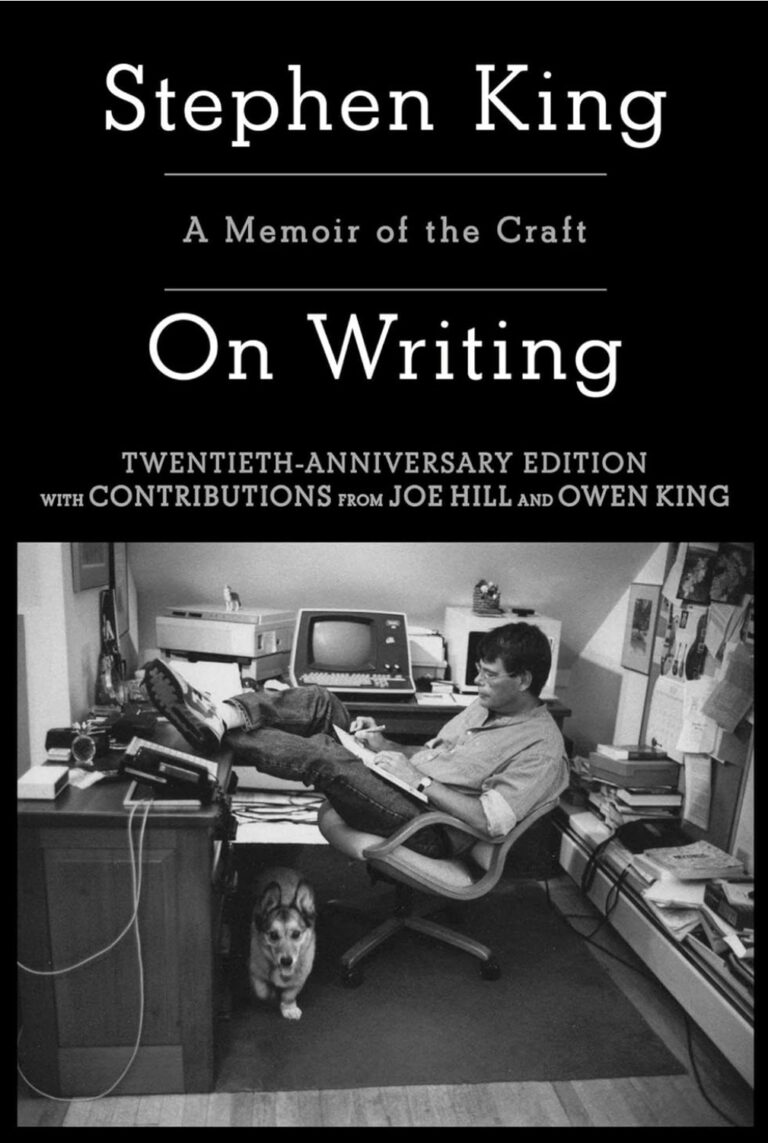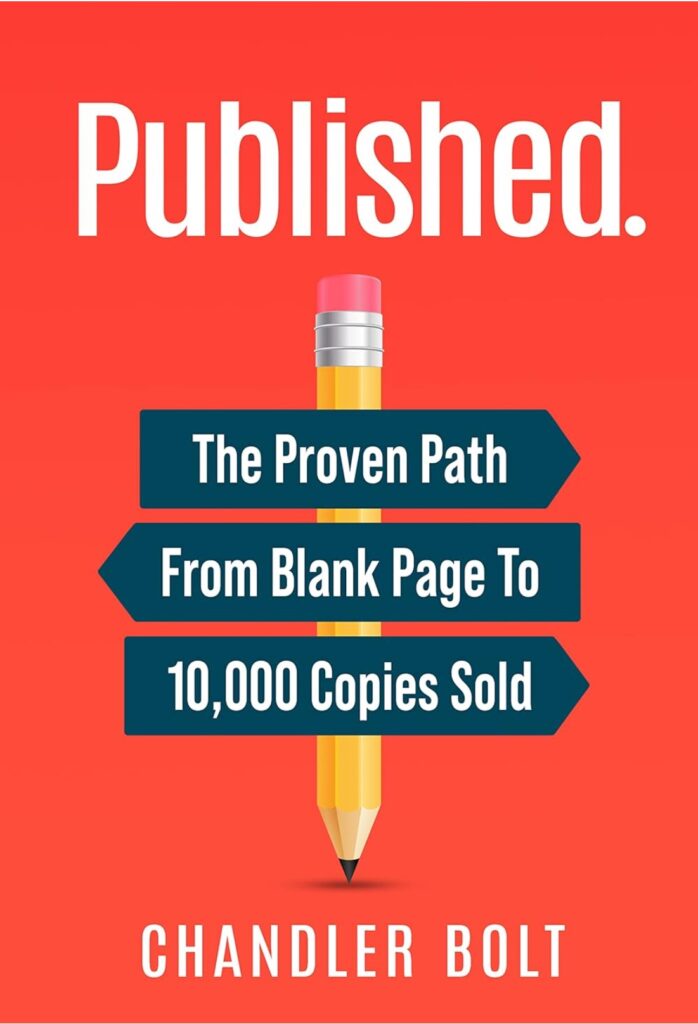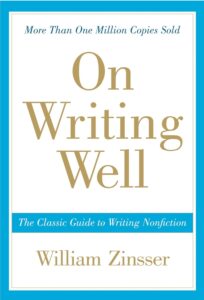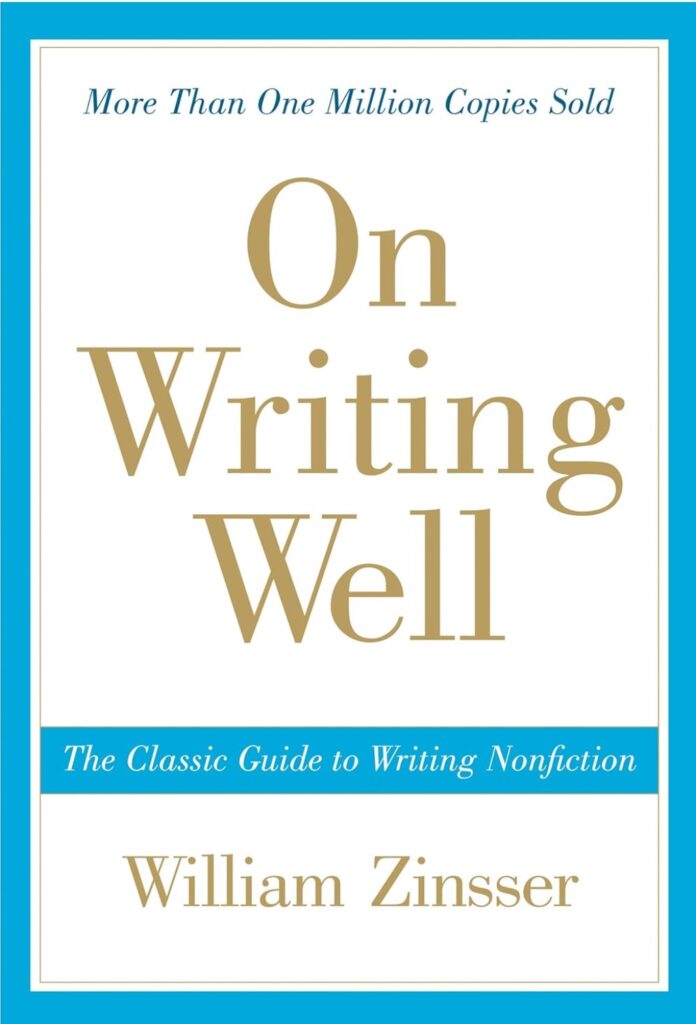Embarking on the self-publishing journey can be both exhilarating and overwhelming, especially in the dynamic world of romance writing.
As an author who crafts insta-love stories featuring aliens, werewolves, and other paranormal creatures, I’ve experienced firsthand the challenges and rewards of taking control of my publishing career.
In this post, I’ll share my personal insights and practical tips on navigating the self-publishing process, from preparing your manuscript to marketing your book effectively.
Whether you’re a seasoned writer or new to the scene, these strategies will help you successfully bring your unique stories to readers eager for a touch of the extraordinary.
Table of Contents
ToggleThe Beginnings: Deciding to Self-Publish
When I first considered self-publishing, the idea seemed both thrilling and daunting.
Writing insta-love stories featuring aliens, werewolves, and other paranormal creatures had always been my passion, but taking control of the entire publishing process felt like a huge leap.
In my experience, the key to navigating this journey is to embrace both the creative and business aspects of being an author.
Weighing the Pros and Cons
The decision to self-publish came after weighing the pros and cons. Traditional publishing offers the prestige and support of established houses, but it often comes with long waiting times and less creative control.
On the other hand, self-publishing allows for complete control over the content, design, and marketing of your book. For example, when I wrote my novella about a love affair between a human and a stranded alien, I wanted full control over the cover design to capture the essence of their otherworldly romance. Self-publishing gave me that freedom.
Setting Realistic Expectations
Setting realistic expectations is crucial. Self-publishing is not a get-rich-quick scheme; it requires hard work, persistence, and a willingness to learn.
I’ve found that approaching self-publishing with a business mindset helps manage expectations and sets the stage for success.
For instance, understanding that it might take time to build an audience and that marketing efforts are ongoing can help maintain motivation and focus.
Preparing Your Manuscript
Once the decision to self-publish is made, the next step is preparing your manuscript for publication. This involves more than just writing; it includes editing, formatting, and ensuring the book is polished and professional.
The Importance of Editing
Editing is a critical step in the self-publishing process. In my experience, hiring a professional editor is an investment that pays off.
A good editor can catch inconsistencies, plot holes, and grammatical errors that you might overlook.
For my werewolf romance novella, my editor’s feedback helped tighten the plot and enhance the emotional impact of the story, making it more engaging for readers.
Formatting for Different Platforms
Formatting your manuscript correctly for different platforms is another essential task. Each platform, whether it’s Amazon Kindle, Apple Books, or Barnes & Noble, has its own formatting requirements.
I’ve found that using tools like Vellum can simplify this process. When I published my minotaur love story, Vellum helped me create both eBook and print versions that looked professional and were easy to read.
Creating a Compelling Cover
Your book cover is often the first thing potential readers will see, so it needs to be compelling and professional. I’ve always believed in the power of a well-designed cover to attract readers.
For instance, the cover of my novella about a forbidden love between a vampire and a human features dark, moody imagery that captures the essence of their intense romance.
Working with a professional designer can ensure your cover stands out and appeals to your target audience.
Publishing and Distribution
With your manuscript polished and ready, the next step is to publish and distribute your book. This involves choosing the right platforms and making your book available to as many readers as possible.
Choosing the Right Platforms
Choosing the right platforms for your book is crucial. In my experience, Amazon Kindle Direct Publishing (KDP) is a must due to its vast reach and user-friendly interface.
However, it’s also beneficial to distribute your book through other platforms like Apple Books, Kobo, and Barnes & Noble to reach a wider audience.
When I published my alien prince novella, using multiple platforms helped me attract readers from different regions and preferences.
Enrolling in KDP Select
Enrolling in KDP Select can be a strategic move, especially for new authors. KDP Select offers benefits like higher royalties and access to promotional tools such as Kindle Countdown Deals and Free Book Promotions.
For my werewolf novella, enrolling in KDP Select helped boost its visibility and attract more readers through Kindle Unlimited, where subscribers can read the book for free while I still earn royalties.
Pricing Your Book
Pricing your book competitively is another important consideration. In my experience, pricing strategies can vary depending on the length of the book and the market.
For instance, I priced my shorter novellas slightly lower to encourage impulse buys, while longer novels are priced higher to reflect their value.
Experimenting with different price points and promotional discounts can help find the sweet spot that maximizes sales and revenue.
Marketing Your Book
Once your book is published, the real work begins: marketing. Effective marketing strategies can make the difference between a book that languishes in obscurity and one that finds its audience.
Building an Author Platform
Building an author platform is essential for long-term success. This includes having a professional website, active social media profiles, and a blog where you can engage with readers and share updates.
I’ve found that consistently posting content related to my books and the romance genre helps build a loyal following. For example, I often share behind-the-scenes looks at my writing process, character sketches, and snippets of upcoming books on my blog and social media.
Utilizing Email Marketing
Email marketing is a powerful tool for reaching readers directly. Growing an email list and sending regular newsletters can keep your audience engaged and informed about new releases, promotions, and exclusive content.
For my vampire romance series, I offered a free prequel novella to new subscribers, which significantly boosted my email list. Regular newsletters with personal updates and book recommendations have helped maintain a strong connection with my readers.
Running Ads
Running ads on platforms like Amazon, Facebook, and BookBub can increase your book’s visibility and drive sales. In my experience, targeted ads can be particularly effective.
When I launched my minotaur romance, I ran a series of Facebook ads targeting fans of paranormal romance and mythology.
These ads included eye-catching visuals and compelling blurbs, which helped attract the right audience and boost sales.
Engaging with Readers
Engaging with readers through reviews, social media interactions, and virtual events can foster a loyal community. Responding to reader reviews, whether positive or negative, shows that you value their feedback and are committed to improving your craft.
Hosting virtual book launch parties and Q&A sessions can also create excitement and provide a platform for direct interaction with your readers.
When I launched my alien prince novella, the virtual book launch party was a huge success, with many readers participating and sharing their enthusiasm for the book.
Concluding Remarks
Navigating self-publishing in the romance genre involves a blend of creativity, business acumen, and perseverance.
From preparing your manuscript to marketing your book, each step is crucial in building a successful career as a self-published author.
In my experience, staying true to your passion for storytelling while embracing the challenges of self-publishing can lead to both personal fulfillment and professional success.
Happy writing and publishing!









































